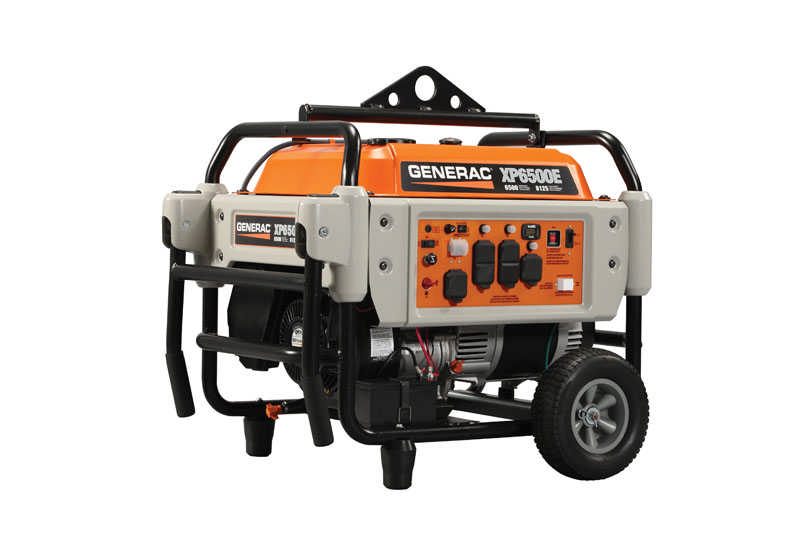– Stanley, via email
A Generators, especially those that run at higher RPMs, tend to be very noisy. Generac Power Systems recommends having a generator with an idle control option. This technology reduces engine speed when loads are not being applied, which in turn decreases sound levels and conserves fuel.
Even with idle control, however, the generator’s engine speed will kick up and create more noise when appliances are in use. Whether or not your generator has idle-control technology, there are still some ways to
mitigate the noise problem.
Some retrofit products – mainly mufflers – are designed specifically for generators. (Before getting your wrench out, be sure that retrofitting your unit will not void any warranties.) Starting at about $50, these specialty mufflers will reduce noise levels by 2–4 decibels, according to the manufacturers.
You can further dampen the machine’s noise output it in a generator shelter. This weatherproof box includes a fan-and-exhaust system that protects your generator as it reduces noise output by an impressive 10 decibels. This kind of technology doesn’t come cheap; it starts at about $900.
However, if you’re a sporting do-it-yourselfer, you can build your own inexpensive, insulated housing unit with materials purchased at a big-box housing-supply store. Styrofoam, wall insulation, packing tape, an old car muffler and a fan are all that you need to construct an airy doghouse-type shelter for less than $50.
If you’d like to use the shed you’ve already built, it may require only a few upgrades to become a successful generator shelter. For noise reduction, consider adding some wall insulation or duct board, which also doubles as a thermal barrier. Paint the shed white or silver to shield it from the sun’s rays. Most importantly. you’ll want to install a fan-and-exhaust system and proper ventilation. This will ensure adequate airflow so the generator doesn’t overheat and burn out.








